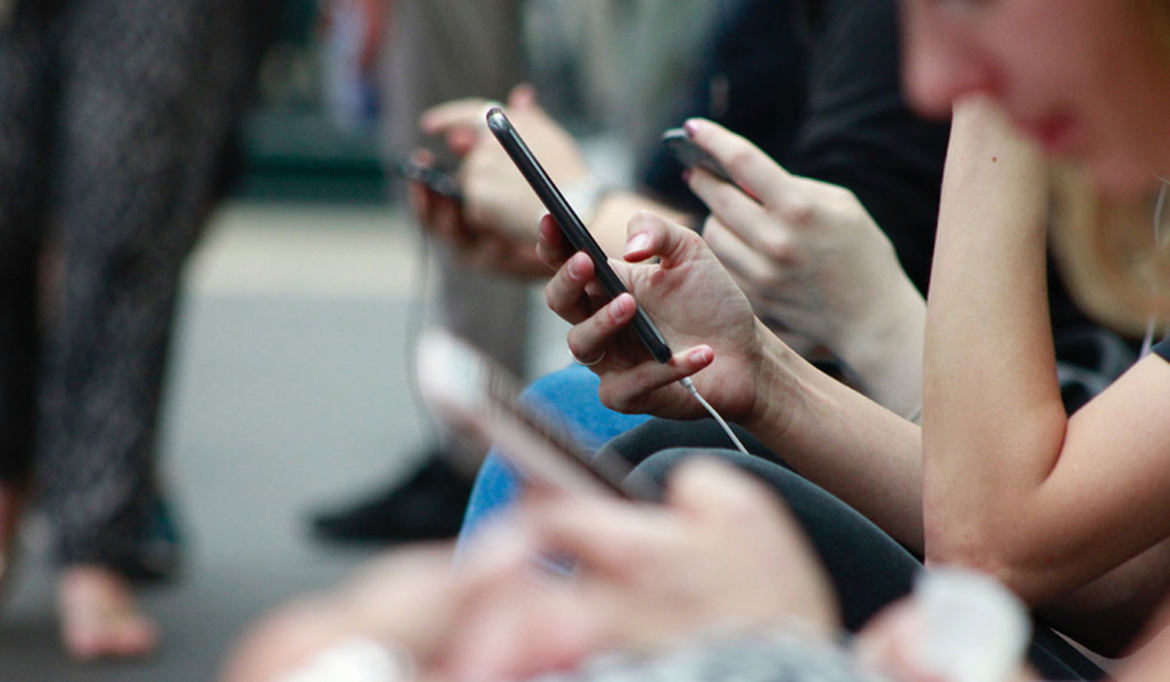 How to Feed the Digital Generation
Posted inUncategorized
How to Feed the Digital Generation
Posted inUncategorized
Digital natives desire technology touchpoints through their dining experience.
Digital natives—millennials and Gen Z consumers who have grown up alongside technology—are seldom found not using technology.
In fact, a 2018 Pew Research study showed that 92 percent of millennials (those born between 1981 and 1996) own a smartphone, and 85 percent of them use social media. The “2019 State of the Restaurant Industry” report from the National Restaurant Association (nra) found that millennials want restaurants to use technology that improves the dining experience and creates easier opportunities to order takeout and delivery. As one would guess, then, 97 percent of this group uses the Internet. And for Gen Z (people born from 1997 forward), you can notch it up a little; members of this generation never even experienced a world without rampant technology.
This generation uses up to five social media channels (mostly Snapchat and Instagram, according to Chicago-based Datassential) and 91 percent of the group even take their smartphones to bed with them. Despite this, Gen Z customers are not avid users of social media during their restaurant meals, says Datassential, and a mere 18 percent say they take photos of their food regularly. Phones and technology are ubiquitous, and digital natives are becoming the customers of tomorrow. In order to capture the crucial business of this growing demographic, brands have to keep up and make sure they’re offering—and using—the technology they desire.
All-purpose technology
Digital natives are, overall, more likely than older consumers to order meals using self-serve kiosks within quick-service restaurants, and 56 percent said they placed a food delivery or takeout order using a restaurant app or website at some point in the past year. Six out of 10 millennials in the NRA’s study also reported that they’d like restaurants to use technology to provide more detailed information about food, such as nutrition, allergens, and sourcing. And they want it to be easier to pay; some 60 percent of millennials want it to be easier to both order and give payment via technology.
Digital natives use technology for research, too, though less than you’d think. A 2017 “What Restaurants Need to Know About Gen Z” report from New York City–based student discount database UNiDAYS says that Gen Z’s mostly learn about restaurant menu items through three means. Surprisingly, 41 percent learn in the restaurant itself, with 20 percent getting information through social media and another 19 percent from their friends. Traditional methods of reaching these customers are less effective; just 8 percent pay attention to TV advertising, and a minuscule 4 percent learn about menu items from display ads. To reach this group, UNiDAYS says interacting with them via technology, one-on-one, and asking what they think about both food and service is effective. “Asking their opinions on menu items and service at your restaurant will help establish a two-way dialogue and keep the conversation going,” the report says. Since these digital natives have an attention span of around 8 seconds, you’ve got to capture their attention quickly. Photographs and video snippets are quicker than words and are more successful at making these customers hungry for a product.
Promos and pricing
With no children or mortgages yet to worry about, Gen Z has an estimated $143 billion in spending power, according to estimates from Millennial Marketing. When asked, 78 percent of survey respondents told UNiDAYS that, aside from tuition and bills, they spend the majority of their money on food. And when they venture into a restaurant, nearly half of Gen Z’s spend, on average, $10–$20, and 15 percent spend $20 or more. That doesn’t mean they spend willy-nilly; instead, digital natives are looking for value. In fact, 93 percent of those surveyed told UNiDAYS they are more likely to try a restaurant that offers student discounts, and an enormous 91 percent of Gen Z digital natives said they’d opt to eat outside regular dining hours to get a discount, meaning restaurants can boost slower times with offers.
They’re also open to trying something new. Almost half of the respondents to UNiDAYS’ survey said they try a new quick-serve restaurant chain once a month, and just 5 percent plan in advance what they’re going to eat. To take advantage of this, restaurants can use mobile push alerts for promos and pricing, which are likely to reach their targets in real-time since digital natives typically have their mobile devices with them at all times.
Digital natives are pushing into the consumer demographic, and restaurants that are not using technology or offering their customers the option to do the same are quickly losing out as these customers gain independence—and spending power.